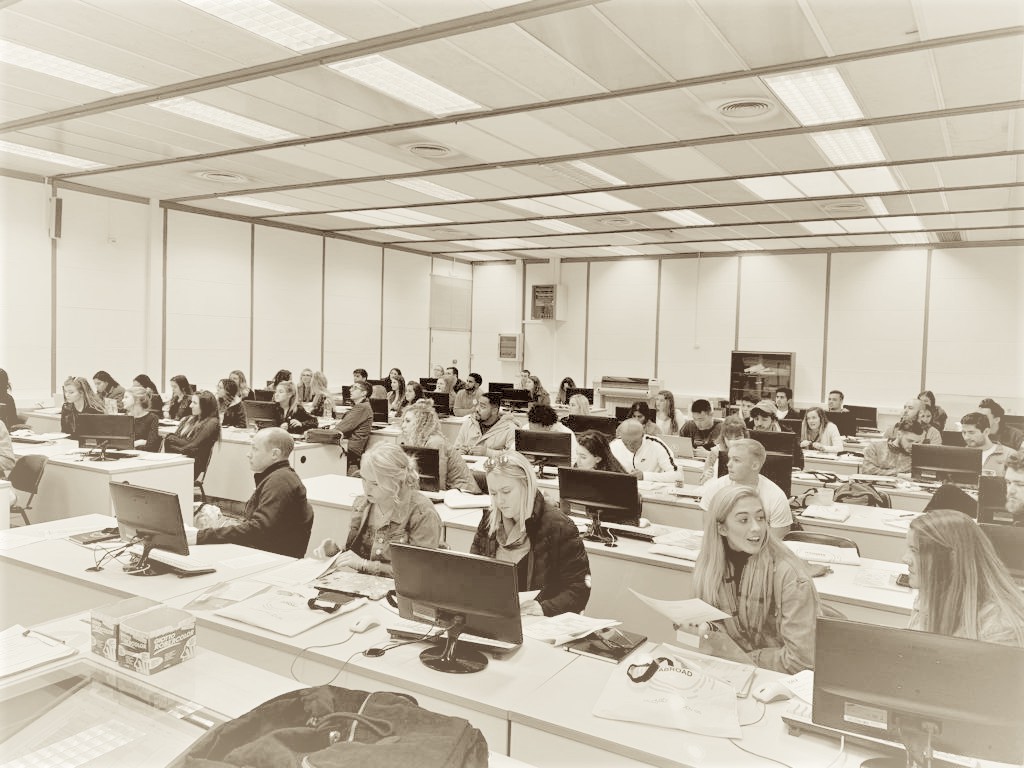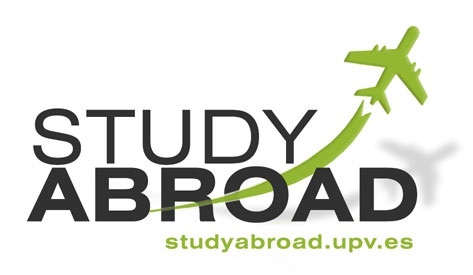
|
|

• Attendance
• Assessments
• Sexual Harassment Policy
• Students With Disabilities
• Academic Honesty Policy
• University Ombudsman
• Statement On Audio And Video Recording
• Syllabus Change Policy
Virtual Reality
3 Credits | 300 Level | 38 Contact hours
Fundamentals of wearable computers and augmented reality (Woodrow Barfield)
Unity AR and VR by tutorials (Alamparambil, Jimmy | Alamparambil, Jimmy)
Specifically, the course focuses on two important computer graphics technologies, virtual reality (VR) and augmented reality (AR). Although VR has been successfully applied to a large number of sectors, it is a technology suitable for the development of new applications and to be explored in sectors that have not used it. Thanks to the emergence of low-cost helmets and the subsequent commercialization of stand-alone helmets (e.g. Oculus/Meta Quest), VR is coming to society. As evidenced by the numerous television commercials featuring some of these devices. For its part, AR is applicable to all types of sectors as an innovative technology yet to be extensively exploited. Its applications are diverse and range from entertainment to driving assistance by superimposing information on the windshield. AR is increasingly being introduced into society, as evidenced by the news programs of various television networks. The broadcasting of sporting events also uses this technology. The hardware has also evolved in an amazing way and has contributed to a greater acceptance of these technologies by users (e.g., HoloLens or iPad Pro incorporating a LiDAR scanner).
Term-specific information provided onsite.
Topic 1. Introduction to Virtual Reality (VR) and Augmented Reality (AR)
1. Definitions, differences, and historical background of VR and AR
2. Applications and impact of VR and AR across various industries
Topic 2. Core Concepts of VR and AR
1. Immersion, interaction, presence, and realism in VR and AR experiences.
2. Tracking methods and their importance in creating effective VR and AR applications
Topic 3. Tools for Developing VR and AR Applications
1. Introduction to game engines (Unity, Unreal Engine)
2. Overview of SDKs and frameworks (Vuforia, ARCore, ARKit, Meta Spark)
Topic 4. Fundamentals of Unity for VR and AR
1. Unity interface and project setup.
2. Basic C# programming
3. Importing assets and creating simple 3D scenes
Topic 5. VR Application Programming for Mobile and Web
1. Configuring VR projects for Android, iOS, and WebXR.
2. Implementing interactions for mobile and web
3. Optimizing VR experiences for mobile and web
Topic 6. AR Tracking Techniques
1. Image, object, plane, and face tracking.
2. Using sensors for position and motion tracking in AR applications
Topic 7. AR Application Development for Mobile with Vuforia, ARFoundation, ARCore, and ARKit
1. Setting up Vuforia in Unity for image and object tracking.
2. Cross-platform AR development with ARFoundation in Unity
3. Implementing advanced AR features using ARCore.
4. Utilizing ARKit’s capabilities for iOS devices
Upon successful completion of this course, students will be able to:
● Make judgments based on criteria, external standards or personal reflections, in the field of artificial intelligence, shape recognition, digital imaging and language technologies.
● Ability to integrate devices and create interactive virtual and augmented reality applications.
● Have theoretical and practical mastery of the fundamental techniques associated with the modeling of 3D scenes and the production of synthetic, static and interactive images, using the computer.
● Learn to apply concepts, principles, theories and models related to artificial intelligence, shape recognition, digital imaging and language technologies to new or unfamiliar problems.
● Design, manage and evaluate an idea effectively until it becomes a project.
Class Attendance 10%
Assignments 40%
Midterm exam 20%
Final Exam 30%
|
